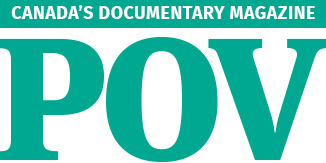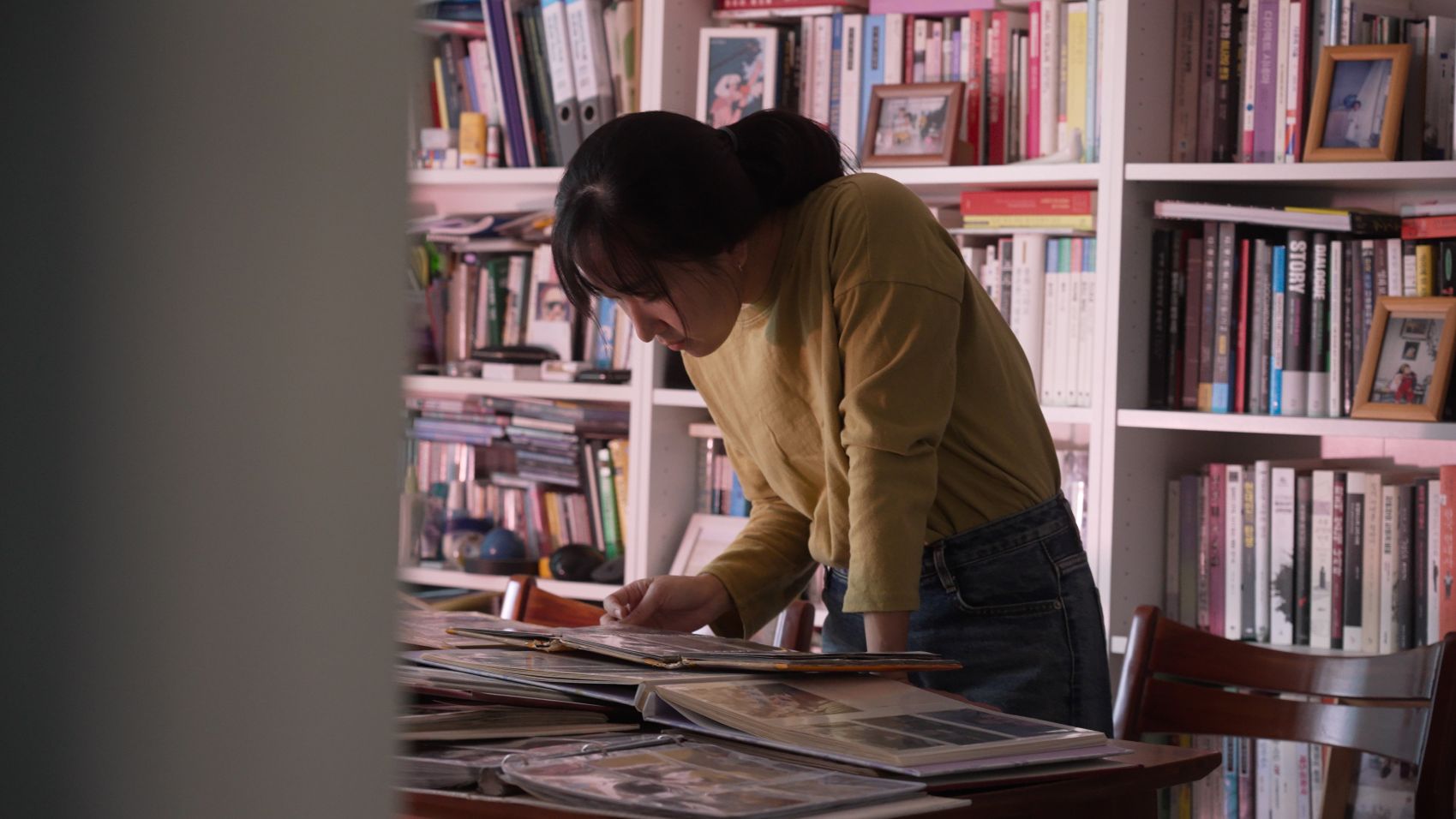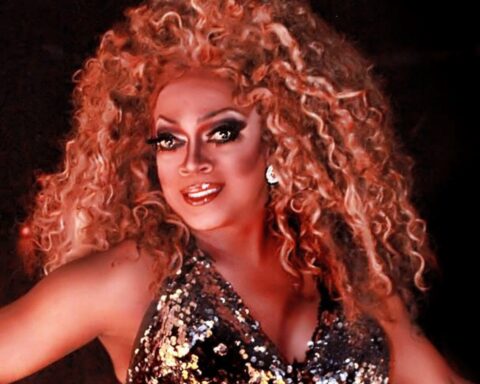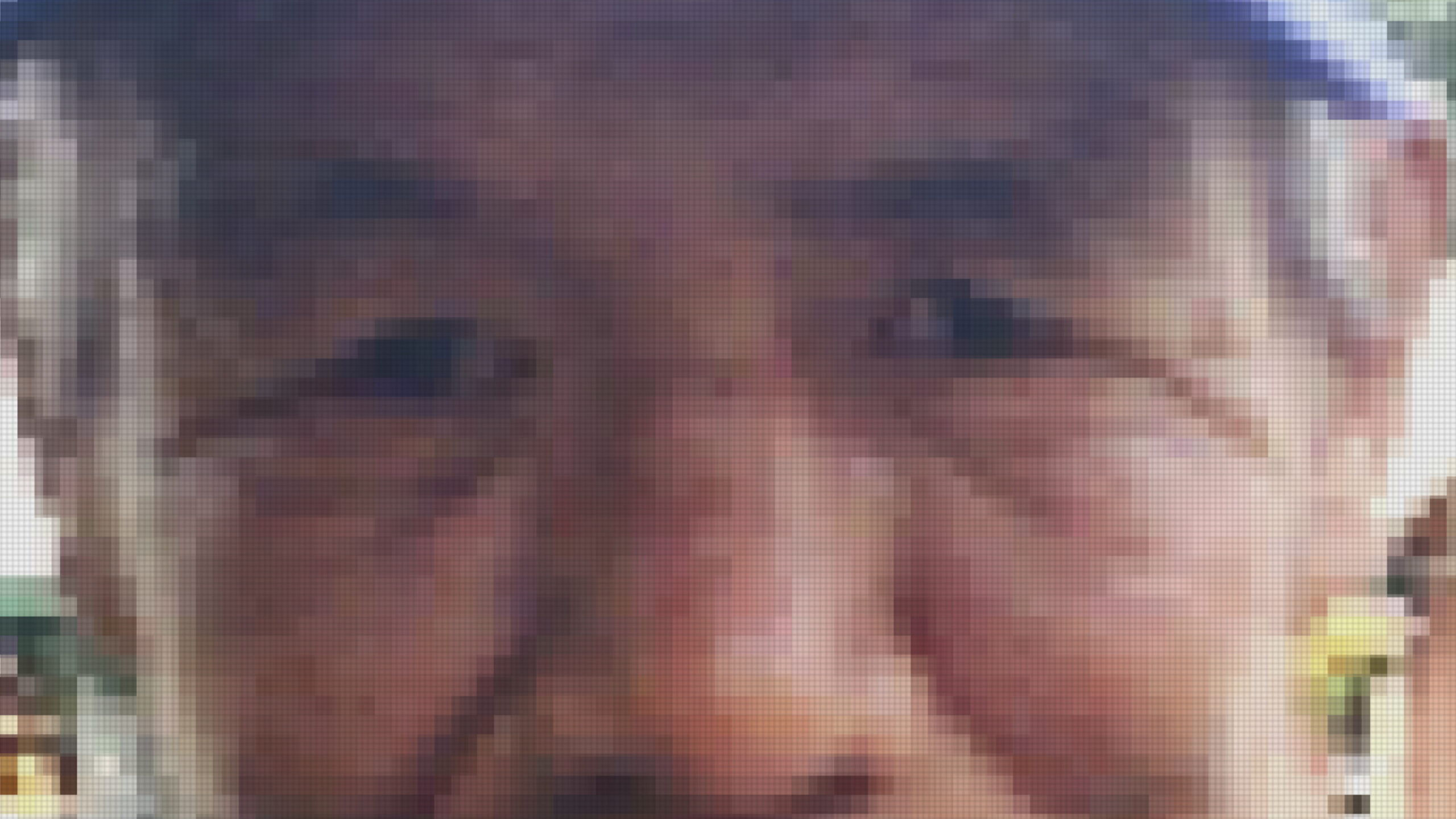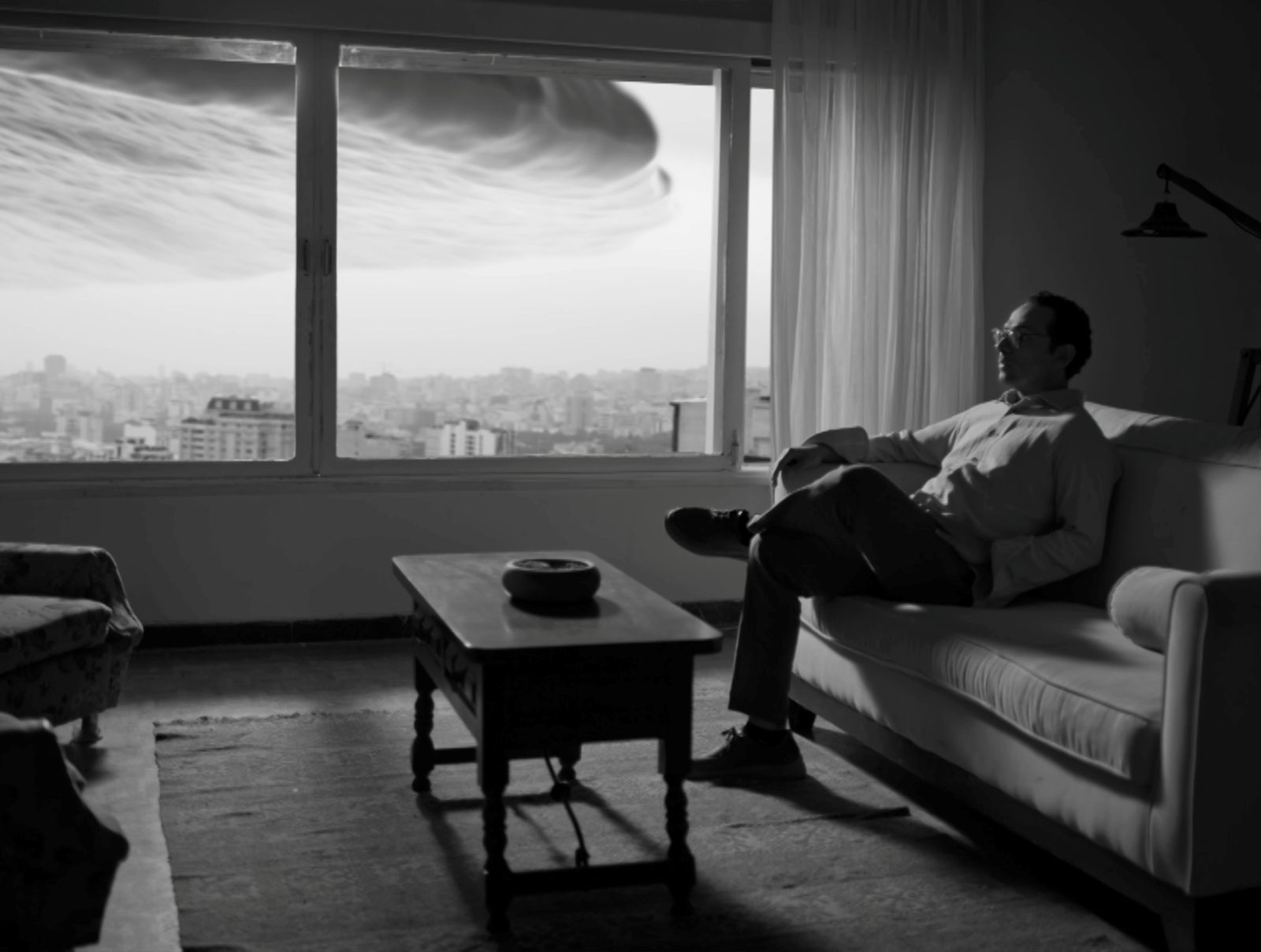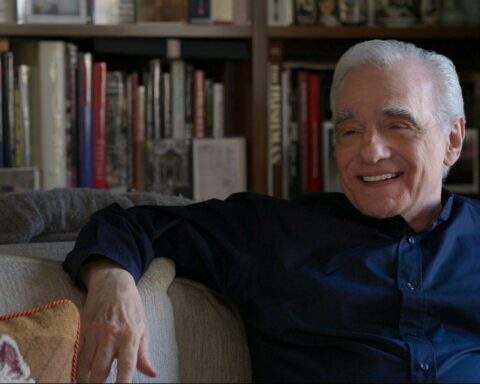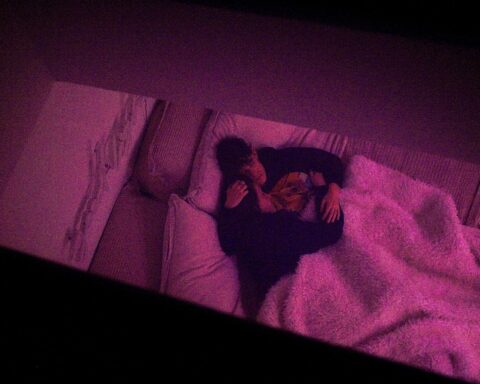My Missing Aunt
(South Korea, 78 min.)
Dir. Juyeon Yang
Programme: Persister (North American premiere)
Towards the end of Juyeon Yang’s personal film, My Missing Aunt, her family pays respect to her ancestors at the cemetery. The traditional food offering is laid out and they place a mat on the ground where she and her relatives bow in greeting and prayer. Each member bows in full prostration, but a subtle difference exists between the men and women. The men lead with their hands towards the ground, kneeling down as a secondary movement; whereas the women kneel first and their hands, laid on top of another at their foreheads, come down to the ground last.
After researching online and inquiring with Korean friends, it remains unclear why this difference exists. Some point to an ancient Confucian text called “Zhu Xi’s Family Rites” that prescribes in detail various rituals, including the manner in which men and women should bow in what circumstance. Others offered a more practical solution: women traditionally wore long skirts (hanbok) and kneeling first gave them the best way to arrange their clothing demurely.
In My Missing Aunt, that sequence serves to show a satisfactory conclusion to the director’s investigation into her family history, but taken in turn with the entire film, the divergence in movement speaks to the broader story.
My Missing Aunt unfolds like a mystery. Yang recounts a drunken phone call she received from her father, speaking despondently about his older sister who had died in a suicide when he was in high school. Yang never knew she had an aunt. No one — not her grandparents, other aunts and uncles, or father up until that point — mentioned her. Her name wasn’t even named on her grandparents’ headstone (a common practice). It was as if she never existed.
The director sets about discovering who Jiyoung Yang was and what happened to her, interviewing her brother (Yang’s father) whose reluctance is duly noted, her would-be sister-in-law (Yang’s mother), and old schoolmates and friends tracked down through Facebook. Yang’s mom understands why no one ever spoke of Jiyoung, citing the shame felt by Jiyoung’s parents given the period (the 1970s) and cultural norms, to which the director challenges: What if it she had died? Would a mother just scrub her daughter’s memory?
Although Yang’s initial purpose came from exposing the truth and giving Aunt Jiyoung her identity back, as the film progresses, we see Yang relating Aunt Jiyoung’s life to her own as the older sister of a more desired, and favoured, younger brother.
The priority placed on the eldest son is prevalent among many cultures, but there exists a particular expertise of this practice across East Asian countries, even in contemporary culture. It’s an assumed deference and almost matter-of-fact dynamic that’s passed down from generation to generation — never discussed or questioned, simply accepted as natural as breathing. Yang explores the ways she lived life as an after-thought, even if her parents never intended such treatment, or even believed that’s how they acted. It’s almost as if that through making My Missing Aunt, Yang confronts a truth she never accepted or reconciled in her youth.
Yang includes footage of protests in Seoul advocating for women’s rights, signalling towards a potential change, or at a minimum, a recognition from the current generation of women that change is needed. However, My Missing Aunt shouldn’t be considered an advocacy or protest film. It staunchly remains a personal diary.
The film comes together with poetic animation that lyrically tells the story of a young woman trying to find her way in the world but met an untimely end. A young woman whose family thought better to forget, at least outwardly. In telling Jiyoung’s story, Yang found a part of herself that she couldn’t ignore any longer.
By the time we finish Yang’s journey, the minute bowing distinction assumed profound resonance, perhaps beyond the filmmaker’s intention. As Yang and her relatives pay tribute in accordance to their gender, they do so with Jiyoung — daughter, sister, and aunt — included. A recognition personal to the Yang family certainly, but also an act of compassion and empathy towards the circumstances Jiyoung, and many other women like her, fell victim.
